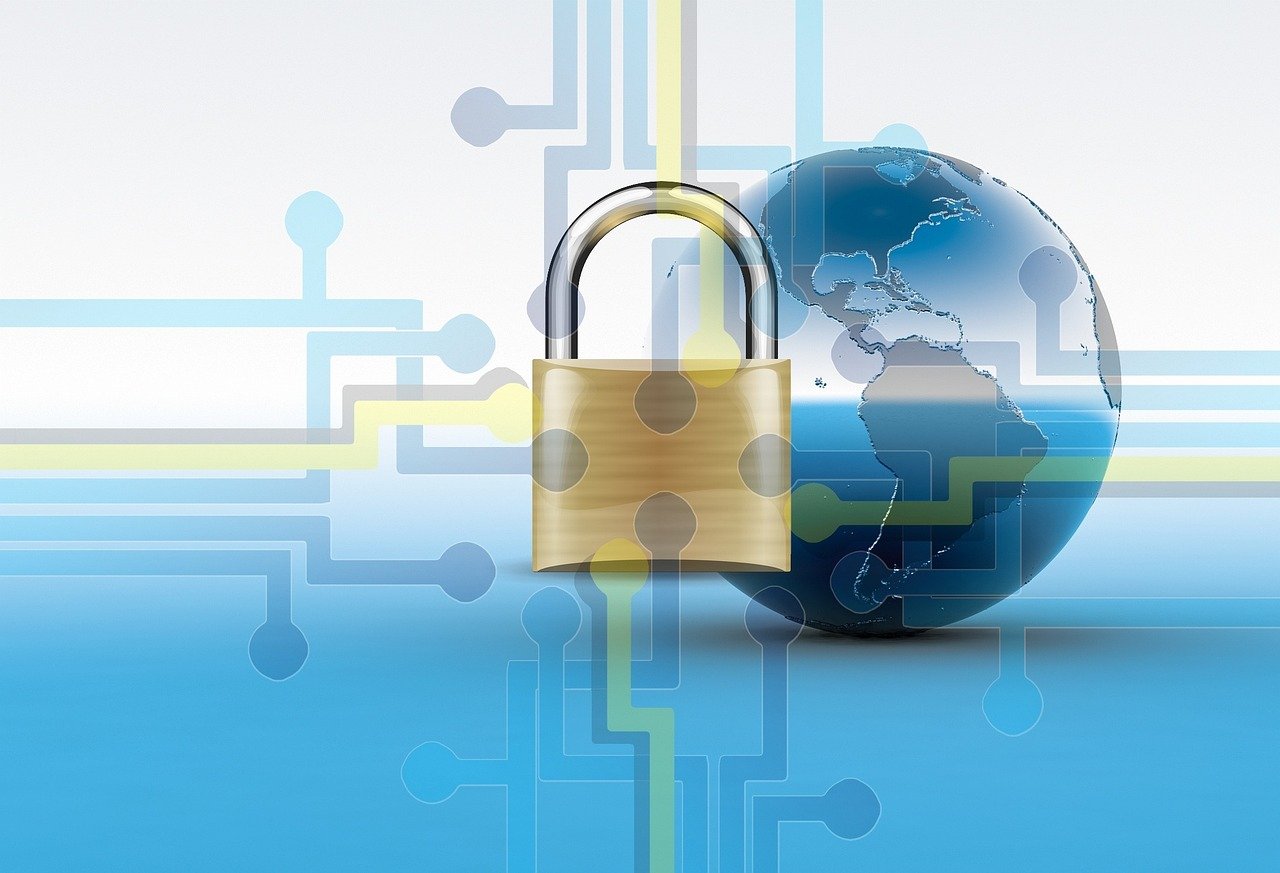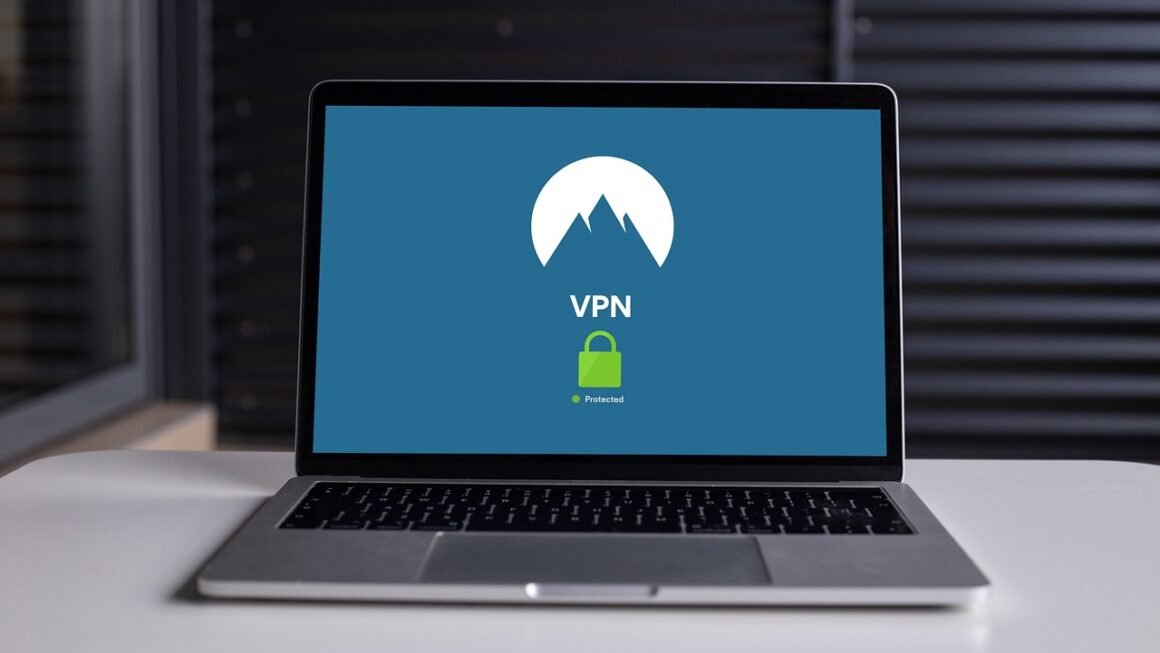Cloud security has rapidly evolved from a niche concern to a mission-critical imperative for businesses of all sizes. As organizations increasingly migrate their data, applications, and infrastructure to the cloud, understanding and implementing robust cloud security measures becomes paramount. This blog post will delve into the multifaceted world of cloud security, exploring its key components, best practices, and actionable strategies for safeguarding your digital assets in the cloud.
Understanding Cloud Security
What is Cloud Security?
Cloud security encompasses the policies, technologies, controls, and processes implemented to protect data, applications, and infrastructure residing in cloud computing environments. Unlike traditional on-premises security, cloud security is a shared responsibility model, requiring collaboration between the cloud provider and the customer.
- Cloud security aims to protect against:
Data breaches and leaks
Unauthorized access
Denial-of-service attacks
Malware infections
Compliance violations
The Shared Responsibility Model
The shared responsibility model defines the security obligations of both the cloud provider and the customer. Generally, the provider is responsible for the security of the cloud (physical infrastructure, network, virtualization), while the customer is responsible for security in the cloud (data, applications, access management).
For example, AWS’s shared responsibility model dictates that AWS manages the security of the underlying infrastructure, while the customer is responsible for patching operating systems on their EC2 instances, managing user access permissions via IAM, and encrypting data at rest in S3.
- Provider Responsibilities:
Physical security of data centers
Network security of the cloud infrastructure
Virtualization security
Compliance certifications (e.g., SOC 2, ISO 27001)
- Customer Responsibilities:
Data security (encryption, access control)
Application security (vulnerability management, secure coding practices)
Identity and access management (IAM)
Compliance with applicable regulations (e.g., GDPR, HIPAA)
Key Cloud Security Components
Identity and Access Management (IAM)
IAM is the cornerstone of cloud security. It controls who has access to what resources within the cloud environment. Implementing strong IAM policies is crucial to prevent unauthorized access and data breaches.
- Multi-Factor Authentication (MFA): Enable MFA for all users, especially those with privileged access. This adds an extra layer of security, making it significantly harder for attackers to gain unauthorized access.
Example: Requiring users to authenticate with a password and a one-time code from a mobile authenticator app.
- Principle of Least Privilege: Grant users only the minimum level of access required to perform their job functions. Regularly review and adjust access permissions as needed.
- Role-Based Access Control (RBAC): Assign users to specific roles with predefined permissions. This simplifies access management and reduces the risk of human error.
- Regular Audits: Regularly audit user access logs and permissions to identify and address any potential security vulnerabilities.
Data Encryption
Encryption is essential for protecting sensitive data at rest and in transit within the cloud. Even if data is somehow accessed by unauthorized individuals, encryption makes it unreadable without the proper decryption key.
- Data at Rest Encryption: Encrypt data stored on cloud storage services like Amazon S3, Azure Blob Storage, and Google Cloud Storage. Consider using server-side encryption (SSE) or client-side encryption.
Example: Using AWS KMS to encrypt data stored in S3 buckets.
- Data in Transit Encryption: Use HTTPS (TLS/SSL) to encrypt data transmitted between the client and the cloud, and between different cloud services.
Example: Enforcing HTTPS for all web traffic to cloud-based applications.
- Key Management: Implement a secure key management system to protect encryption keys. Use hardware security modules (HSMs) or cloud-based key management services.
- Data Masking and Tokenization: Implement data masking or tokenization techniques to protect sensitive data, especially in non-production environments.
Network Security
Cloud network security focuses on protecting the cloud network infrastructure and controlling network traffic. Proper configuration of network security tools is paramount to preventing unauthorized access and mitigating potential attacks.
- Virtual Private Clouds (VPCs): Use VPCs to isolate your cloud resources from the public internet and other tenants.
- Security Groups/Network Security Groups (NSGs): Use security groups (AWS) or NSGs (Azure) to control inbound and outbound network traffic to your cloud resources.
Example: Only allowing SSH traffic (port 22) to specific EC2 instances from a defined IP address range.
- Web Application Firewalls (WAFs): Deploy WAFs to protect web applications from common web attacks like SQL injection and cross-site scripting (XSS).
Example: Using AWS WAF or Azure WAF to protect your web applications.
- Intrusion Detection and Prevention Systems (IDS/IPS): Implement IDS/IPS solutions to detect and prevent malicious network activity.
- Network Segmentation: Segment your network to limit the impact of a potential security breach.
Security Monitoring and Logging
Comprehensive monitoring and logging are crucial for detecting and responding to security incidents in the cloud. Centralized logging helps to identify patterns and anomalies that may indicate a security threat.
- Centralized Logging: Collect and analyze logs from all cloud resources, including virtual machines, databases, and applications, in a central repository.
* Example: Using AWS CloudWatch Logs or Azure Monitor to collect logs from various cloud resources.
- Security Information and Event Management (SIEM): Use a SIEM solution to analyze logs, detect security threats, and generate alerts.
- Regular Security Audits: Conduct regular security audits to identify and address potential security vulnerabilities.
- Incident Response Plan: Develop and regularly test an incident response plan to effectively respond to security incidents.
- Vulnerability Scanning: Perform regular vulnerability scans to identify and remediate security weaknesses in your cloud infrastructure and applications.
Cloud Security Best Practices
Automate Security
Automating security tasks can significantly improve efficiency and reduce the risk of human error. Automated security tools can help to quickly identify and respond to security threats.
- Infrastructure as Code (IaC): Use IaC tools like Terraform or AWS CloudFormation to automate the deployment and configuration of cloud resources, including security controls.
- Automated Compliance Checks: Automate compliance checks to ensure that your cloud environment adheres to relevant regulations and industry standards.
- Automated Patching: Automate the patching of operating systems and applications to address security vulnerabilities.
Implement DevSecOps
DevSecOps integrates security into the entire software development lifecycle. By incorporating security considerations early on, organizations can reduce the risk of security vulnerabilities in their applications.
- Security Code Reviews: Conduct security code reviews to identify and address security vulnerabilities in the code.
- Static Application Security Testing (SAST): Use SAST tools to analyze source code for security vulnerabilities.
- Dynamic Application Security Testing (DAST): Use DAST tools to test running applications for security vulnerabilities.
- Security Training for Developers: Provide security training to developers to raise awareness of security risks and best practices.
Choose the Right Cloud Provider
Selecting a reputable cloud provider with robust security features is essential. Evaluate providers based on their security certifications, compliance standards, and security offerings.
- Security Certifications: Look for cloud providers with security certifications like SOC 2, ISO 27001, and PCI DSS.
- Compliance Standards: Ensure that the cloud provider complies with relevant industry regulations, such as GDPR and HIPAA.
- Security Offerings: Evaluate the cloud provider’s security offerings, including IAM, data encryption, network security, and security monitoring.
Addressing Cloud Security Challenges
Complexity
Cloud environments can be complex, making it challenging to implement and manage security controls. Simplifying cloud architecture and automating security tasks can help to address this challenge.
- Simplified Architecture: Design a simple and well-defined cloud architecture to make it easier to implement and manage security controls.
- Automation: Automate security tasks to reduce complexity and improve efficiency.
Skills Gap
There is a shortage of skilled cloud security professionals. Investing in training and development can help to address this skills gap.
- Training and Development: Provide training and development opportunities for employees to gain cloud security skills.
- Outsourcing: Consider outsourcing cloud security tasks to managed security service providers (MSSPs).
Compliance
Maintaining compliance with relevant regulations can be challenging in the cloud. Implementing automated compliance checks and working with compliance experts can help to address this challenge.
- Automated Compliance Checks: Automate compliance checks to ensure that your cloud environment adheres to relevant regulations and industry standards.
- Compliance Experts: Work with compliance experts to understand and meet regulatory requirements.
Conclusion
Cloud security is a dynamic and evolving field that requires a proactive and comprehensive approach. By understanding the shared responsibility model, implementing key security components, following best practices, and addressing common challenges, organizations can effectively protect their data and applications in the cloud. Embracing automation, fostering a DevSecOps culture, and continuously monitoring and improving security posture are crucial for maintaining a secure and resilient cloud environment. The cloud offers immense potential for innovation and growth, and with the right security strategies in place, businesses can confidently leverage its power while mitigating the associated risks.



